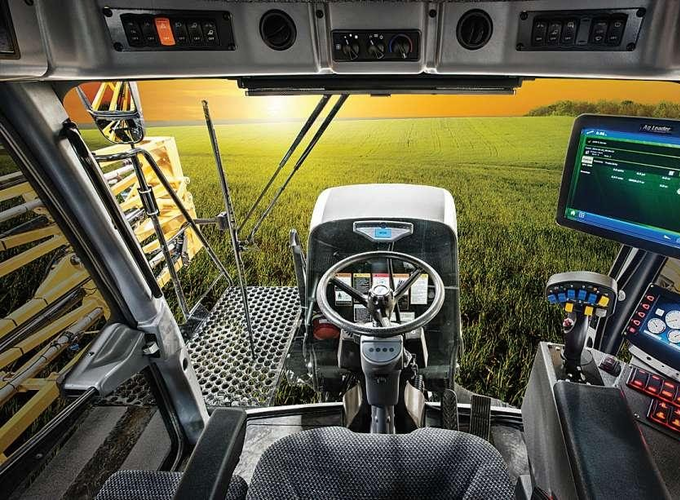 Visualizing countries using trade patterns
Visualizing countries using trade patterns
 Visualizing countries using trade patterns
Visualizing countries using trade patterns
International trade policies remain in the spotlight given the recent rethink on the benefits of globalization by major economies. Since trade critically affects employment, production, prices and wages, understanding and predicting future patterns of trade is a high-priority for decision making within and across countries. While traditional economic models aim to be reliable predictors, we consider the possibility that Artificial Intelligence (AI) techniques allow for better predictions and associations to inform policy decisions. Moreover, we outline contextual AI methods to decipher trade patterns affected by outlier events such as trade wars and pandemics. Open-government data are essential to providing the fuel to the algorithms that can forecast, recommend, and classify policies. Data collected for this study describe international trade transactions and commonly associated economic factors. Models deployed include Association Rules for grouping commodity pairs; and ARIMA, GBoosting, XGBoosting, and LightGBM for predicting future trade patterns. Models and their results are introduced and evaluated for prediction and association quality with example policy implications.